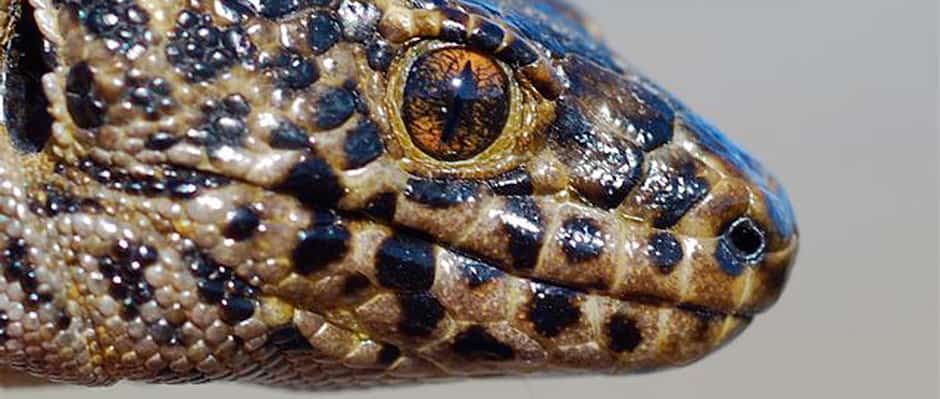Share this article
2014 Roundup — Six Important ESA Listings
The bird with the world’s longest known migration route, a tiny minnow that inhabits Texan rivers, and the wolves that once roamed over wide stretches of the continent are among the animals listed in 2014 under the Endangered Species Act.
The U.S. Fish and Wildlife Service had a busy year, with 61 new listed species, 44 of which have received classification. The remaining 17 have been listed by the National Marine Fisheries Service but haven’t yet been given a classification by the FWS.
For this end-of-the-year roundup, we’ve decided to look at some of the most important — and sometimes controversial — new ESA listings as well as changes in listing status.
Gray Wolf
The gray wolf (Canis lupus) has been all over the map in terms of listings, with judges overturning delistings for the entire western Great Lakes Distinct Population as well as in states such as Wyoming. Meanwhile, California listed the wolves under their state ESA after a popular wolf dubbed OR-7 was confirmed in the state’s northeast corner between Sept. 2011 and March 2012. Another wolf was recently spotted at the North Rim of the Grand Canyon in Arizona.
Island Night Lizard
The Island Night Lizard (Xantusia riversiana) was the only animal delisted in 2014. The removal of the long-lived lizard — some of which have known to survive up to 30 years — is due to the restoration and conservation of its habitat on the three Channel Islands off the Southern California coast.
Wood Stork
The only animal downlisted in 2014, the wood stork (Mycteria americana), lives in the U.S Southeast. The species was dropped from endangered status to threatened due to sustained populations of the birds over a three-year span and an expanded range where the bird is found, according to the FWS. The decision was controversial, with some conservation groups calling it premature, but the bird’s change in status won’t result in a change in the federal protections it receives.
Lesser prairie chicken
While the lesser prairie chicken (Tympanuchus pallidicinctus) was listed as threatened, it was done so with a special provision that allows for oil and gas development, ranching, or other activities from landowners. The provision allows the landowners to be unfettered by regulation as long as they continue current conservation activities they provide for the bird.
Gunnison sage-grouse
While not quite as controversial as the battle over the potential listing of the greater sage-grouse, the Gunnison sage-grouse’s (Centrocercus minimus) threatened listing is important as it represents a kind of parallel study for the some of the same problems and conflicting interests in ranching and oil and gas development. The FWS also plans to list the Gunnison sage-grouse under special provisions similar to those given to the lesser prairie chicken’s listing.
Red knot
The FWS deemed that climate change was having a negative effect on the timing of the bird’s migration habits when it listed the rufa red knot (Calidris canutus rufa) as threatened in early December. To read more about the decision, check out the recent Wildlife Society article here.
Header Image: Copyright: US Navy









